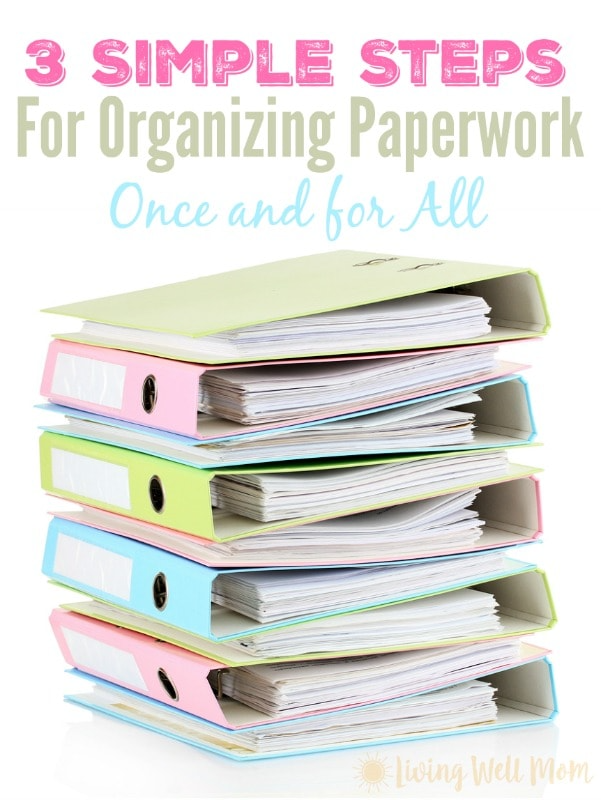5 Simple Steps for Shredding Paperwork Safely

Shredding paperwork is a common practice for ensuring that sensitive or private information does not fall into the wrong hands. From financial documents to personal records, shredding provides peace of mind by reducing the risk of identity theft and data breaches. Here's how you can effectively shred paperwork in just five simple steps:
1. Assess What Needs Shredding

Before you start shredding, it’s essential to know which documents actually need to be destroyed:
- Bills: Old utility bills, credit card statements, or any document containing financial details.
- Personal Information: Anything with your Social Security number, medical records, or personal identification numbers.
- Business Documents: Contracts, invoices, or employee records, especially those with sensitive company information.
- Old IDs and Cards: Expired credit cards, driver’s licenses, or any ID cards with personal information.
⚠️ Note: Not everything needs shredding. For example, non-sensitive mail like advertisements or magazines can simply be recycled.
2. Invest in the Right Shredder

The market offers various shredders, each suited for different needs:
- Strip-Cut Shredders: These are less secure but faster, cutting documents into long strips.
- Cross-Cut Shredders: More secure than strip-cut, shredding paper into small pieces. Ideal for home use.
- Micro-Cut Shredders: Provide the highest level of security, shredding documents into confetti. Best for high-risk documents.
- Cardboard Shredder: Useful for recycling or shredding small amounts of cardboard.
🔍 Note: When choosing a shredder, consider the volume of documents you’ll be shredding and the level of security you need.
3. Prepare for Shredding

Organize your documents before shredding to streamline the process:
- Remove staples or paper clips to avoid damaging your shredder.
- Keep sensitive documents like credit cards separate if your shredder has a slot for them.
- If your shredder struggles with thicker paper, consider shredding fewer pages at a time or using a different shredder setting.
4. The Shredding Process

Now, let’s dive into the shredding process:
- Plug In: Ensure your shredder is plugged in and switched on.
- Feed Documents: Feed documents into the shredder steadily, not too quickly to avoid jams.
- Watch for Jams: If your shredder jams, follow the manufacturer’s guidelines for clearing jams.
- Bin Management: Empty the shredder’s bin when it’s nearly full to maintain performance.
5. Disposal of Shredded Paper

After shredding, here’s how to handle the waste:
- Recycling: Most shredded paper can be recycled. Look for local recycling centers that accept shredded paper.
- Composting: Shredded paper can also be added to compost, providing structure and absorbing moisture.
- Dispose at Home: If recycling isn’t an option, consider a secure disposal method at home, like mixing shredded paper with regular trash.
♻️ Note: Be cautious with recycling shredded paper containing sensitive information; some facilities do not securely handle shredded waste.
Ensuring the safe disposal of sensitive documents is a small step that has significant impacts on personal security and environmental sustainability. By following these five simple steps, you can safeguard your personal information, comply with privacy laws, and contribute to recycling efforts. Whether you're shredding for your home or business, these guidelines will help you manage your paperwork securely and responsibly.
How often should I shred documents?

+
It’s wise to shred documents when they’re no longer needed, especially for sensitive information like financial statements or personal records. Regularly, shredding should occur at least every few months to keep up with clutter and security.
Can I recycle shredded paper?

+
Yes, you can recycle shredded paper, but check with your local recycling facility for their policies. Some facilities might require that shredded paper be bagged or handled differently due to the risk of contaminating other recyclables.
What do I do if my shredder jams?

+
If your shredder jams, first turn it off. Then, use the reverse feature to back out the paper if possible. If that doesn’t work, consult the manual for manual jam removal instructions. Overloading, stapled or clipped papers often cause jams.



